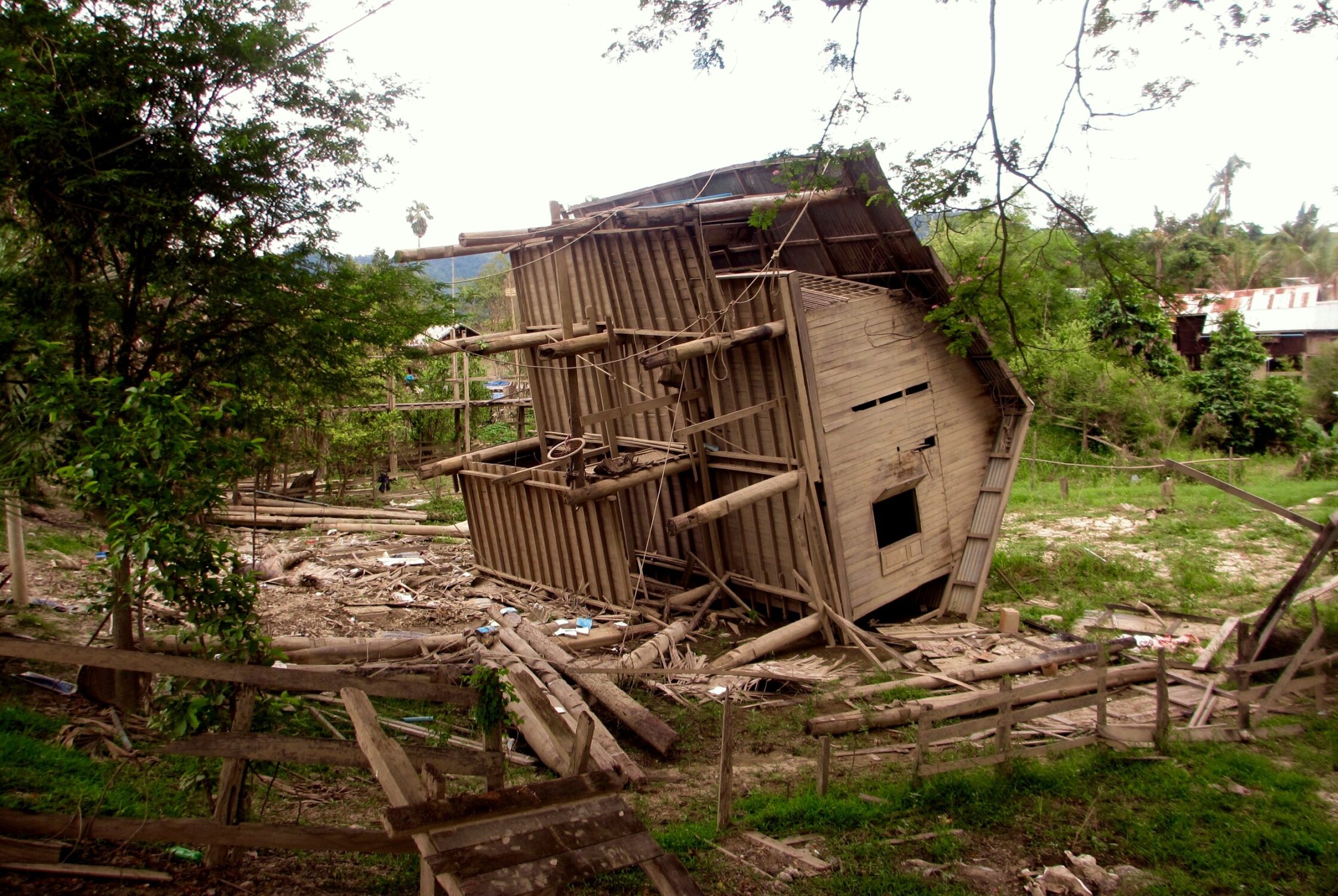Myanmar Floods: Missed Opportunities but Still Time to Act

In July, Myanmar was hit by its worst flooding in decades displacing over 1 million people. Impacts on agriculture – the backbone of the country’s economy and main source of livelihood for millions of rural poor – were massive.
The government’s decision to accept the international community’s offer of assistance presented an unprecedented opportunity to build trust and resilience among affected communities, especially in poor and conflict-ridden areas. Unfortunately, an underwhelming response resulted in missed opportunities. With recent assessments indicating that the disaster’s worst impacts have yet to manifest, a lack of strong support for recovery could have long-lasting impacts on poverty and migration.
“We’ve had floods before, but never like this.”
DIsplaced man, rakhine state

Recommendations
- The Myanmar government, with the support of international humanitarian and development agencies and the multilateral banks, must provide robust funding to support disaster-affected communities to recover. Programming must target the poorest and most marginalized communities, and should seek to build resilience.
- The Myanmar government, with the support of the humanitarian country team (HCT) and donors, must immediately put in place plans to address possible secondary emergencies as the disaster’s full impacts on food security, health, protection, and other sectors become manifest.
- National and international organizations with expertise in protection and/or land reform should advocate for safeguards to protect people facing prolonged displacement, especially those whom the Myanmar government plans to relocate, to ensure that they are protected and their rights respected before, during, and after relocation occurs.
- The UN and other members of the HCT in Yangon and on a local level should immediately address shortcomings in their disaster preparedness and response procedures, including better adapting coordination structures and assessment tools to natural disaster scenarios.
- Donors, UN agencies, and multi-lateral banks must increase investments in building the country’s disaster risk reduction (DRR) capacity, especially at the local level; investments should be informed by a review of current DRR programming to determine what worked and did not work in the case of the 2015 floods emergency.
Alice Thomas traveled with consultant and former RI Fellow Davina Wadley to assess the humanitarian situation in flood- and landslide-affected areas of Myanmar in September and October 2015.